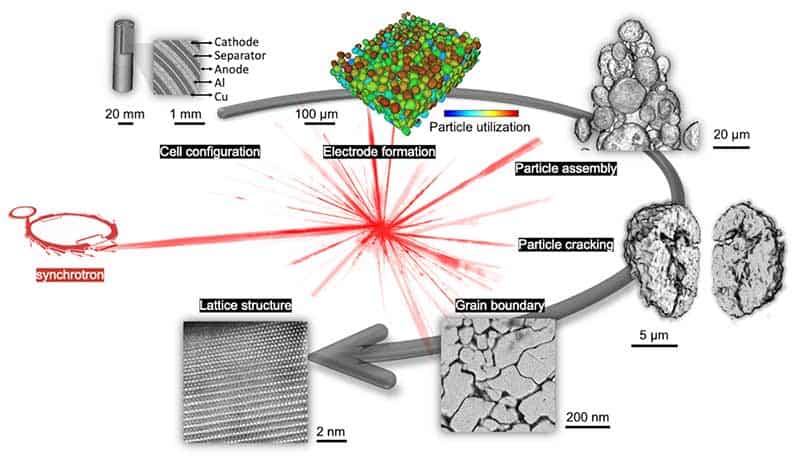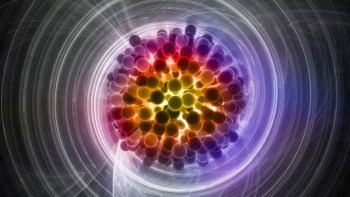Available to watch now, The Electrochemical Society explores a real-world battery cell using a suite of state-of-the-art X-ray techniques
Want to learn more on this subject?
 Lithium ion batteries (LIBs) are characterized by structural and chemical complexities across a broad range of length scales. It is the batteries’ structural hierarchy that determines their functionality. The study of the battery function, degradation and failure mechanisms requires a systematic investigation from the structural, chemical, mechanical and dynamic perspectives. X-ray-based characterization techniques are playing an important role in this research field.
Lithium ion batteries (LIBs) are characterized by structural and chemical complexities across a broad range of length scales. It is the batteries’ structural hierarchy that determines their functionality. The study of the battery function, degradation and failure mechanisms requires a systematic investigation from the structural, chemical, mechanical and dynamic perspectives. X-ray-based characterization techniques are playing an important role in this research field.
This talk presents a macro-to-nano zoom through the hierarchy of a real-world battery cell using a suite of state-of-the-art X-ray techniques. Damage, deformation, compositional and chemical heterogeneity at different length scales is visualized and associated with different degradation mechanisms. These results highlight the importance of the battery material’s mechanical properties, which evolve upon battery cycling and could significantly impact both immediate and long-term cell behaviours.
An interactive Q&A session follows the presentation.
Want to learn more on this subject?

Yijin Liu is lead scientist at the Stanford Synchrotron Radiation Lightsource, SLAC National Accelerator Laboratory. He has more than 15 years of experience in developing state-of-the-art X-ray characterization techniques including multi-modal and multi-scale microscopy using both synchrotrons and compact laboratory X-ray sources. In addition to his technical expertise, Liu has applied these methods broadly for scientific research in renewable energy science, industry catalysis, oil production and material under extreme conditions. In more recent years, Liu’s research group focused on studying energy storage materials using synchrotron experimental tools as well as associated machine learning and data-mining approaches.
Liu completed his BS in 2004 and PhD in 2009 in optics at the University of Science and Technology of China. He joined Stanford University as a postdoctoral scholar in 2009 and became associate staff scientist at the SLAC National Accelerator Laboratory in 2012, staff scientist in 2015, and lead scientist in 2020. He received the 2016 William E and Diane M Spicer Young Investigator Award.



